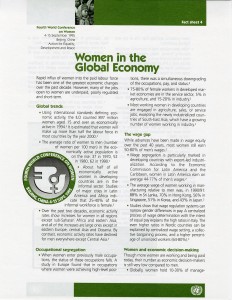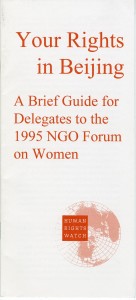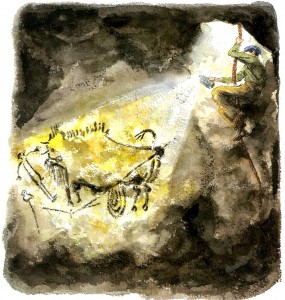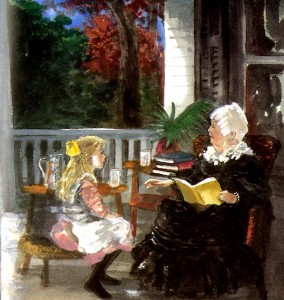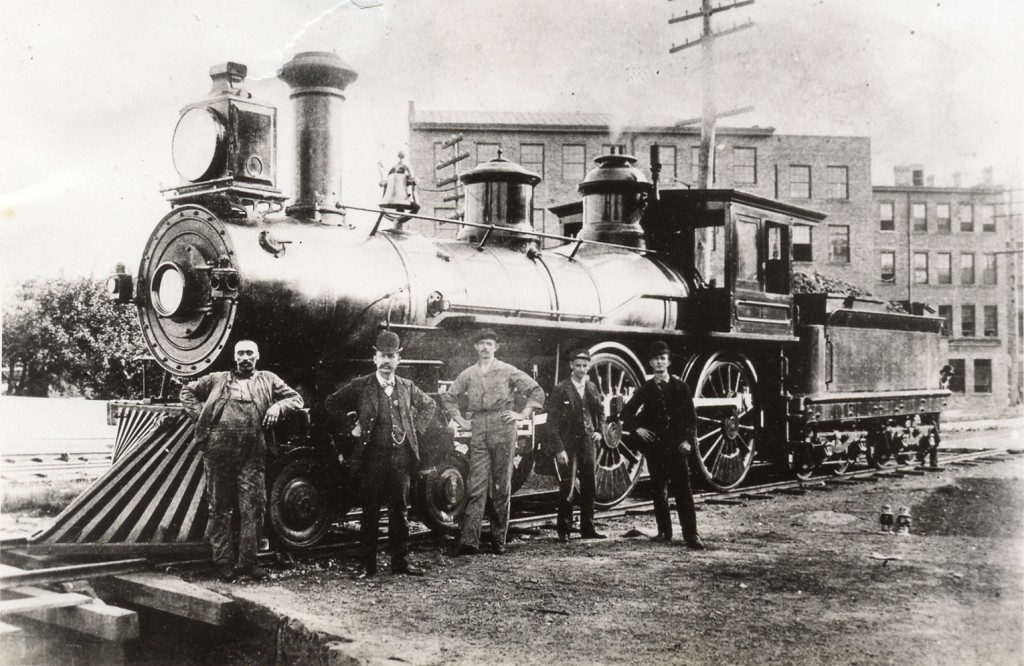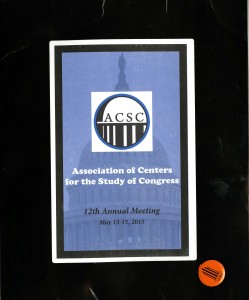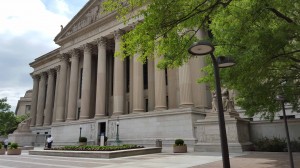Archives & Special Collections occasionally shares posts by scholars who have consulted materials found in the collections and the staff has always found it interesting to learn what gems researchers have found. Recently, A&SC has received copies of publications by these same scholars, the results of research conducted in Storrs (and elsewhere) and we thought we’d share this as well. Our congratulations to the authors and an invitation to any of our readers to come in and ask to look through any of these that might interest you:
The Hartford Courant at 250 : telling Connecticut’s stories : the moments that make up our state’s richly textured history, Pediment Publishing, 2015 (University Photograph Collection, Southern New England Telephone Company Records, C. H. Dexter Company Records, Leroy Roberts Railroad Collection)
Allison, Raphael. Bodies on the Line: Performance and the Sixties Poetry Reading, University of Iowa Press, 2014 (Charles Olson Papers, Larry Eigner Papers)
Charters, Samuel. Songs of Sorrow: Lucy McKim Garrison and “Slave Songs of the United States, University Press of Mississippi, 2015 (Charters Archive of Blues and Vernacular African American Musical Culture)
Dessner, Bryce (composer). Bang On A Can All Stars (DVD), Field Recordings, 2015 (Charles Olson Papers)
Ed Dorn; Justin Katko and Kyle Waugh, editors. Derelict Air: From Collected Out, Enitharmon Press, 2015 (Ed Dorn Papers)
Lister-Kaye, John. Gods of Morning: A Bird’s Eye View of a Changing World, Pegasus, 2015 (Edwin Way Teale Papers)
Savage, Sean. The Senator from New England: The Rise of JFK, Excelsior editions, 2015 (Thomas J. Dodd Papers)
Zack, Ian. Say No to the Devil: the Life and Musical Genius of the Rev. Gary Davis, University of Chicago Press, 2015 (Charters Archive of Blues and Vernacular African American Musical Culture)
[slideshow_deploy id=’5743′]


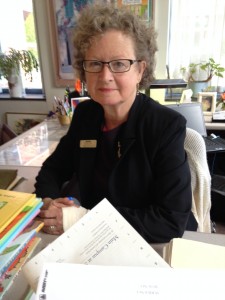
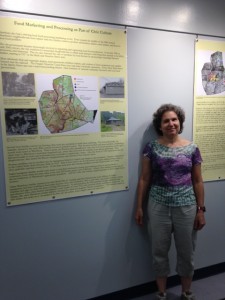
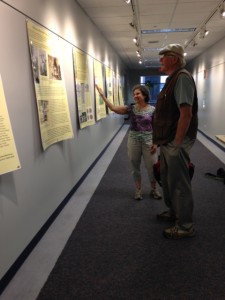
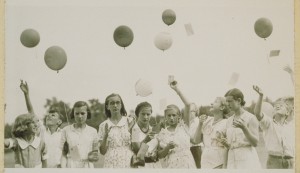
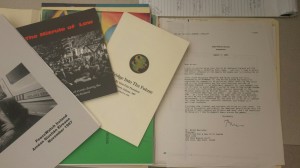
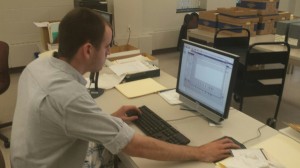 heavily involved in the quest for peace in Northern Ireland, and was instrumental in paving the way for the eventual IRA ceasefires in 1994 and 1997. During this time he also served as the director of the Federal Housing Finance Board, and as a commissioner on the Commission for Immigration Reform (1992-1997). A lawyer by profession, Morrison founded a lobbying firm after leaving public office in 2000, and continues to remain active in Irish-American advocacy. He lives today in Maryland.
heavily involved in the quest for peace in Northern Ireland, and was instrumental in paving the way for the eventual IRA ceasefires in 1994 and 1997. During this time he also served as the director of the Federal Housing Finance Board, and as a commissioner on the Commission for Immigration Reform (1992-1997). A lawyer by profession, Morrison founded a lobbying firm after leaving public office in 2000, and continues to remain active in Irish-American advocacy. He lives today in Maryland.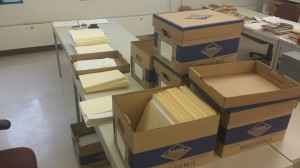 be learning a lot about archives organization and classification: what belongs, what doesn’t, and how to group certain documents together in a way that makes sense to both an archivist and potential researchers.
be learning a lot about archives organization and classification: what belongs, what doesn’t, and how to group certain documents together in a way that makes sense to both an archivist and potential researchers.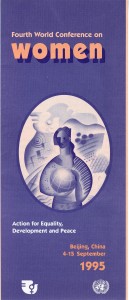
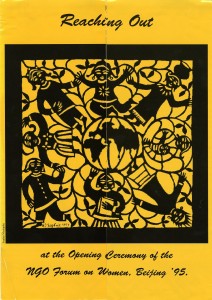 agendas, and country-specific notes for delegates from the 1995 Conference. Also on display are materials published in response to or in anticipation of the conference including editorials, news bulletins, fliers, and response booklets. These materials represent a small but helpful glimpse into not only the conference itself but also a number of cultural conflicts that arose when approaching these topics as well as calls for ever greater activity and solidarity from their being brought to international light.
agendas, and country-specific notes for delegates from the 1995 Conference. Also on display are materials published in response to or in anticipation of the conference including editorials, news bulletins, fliers, and response booklets. These materials represent a small but helpful glimpse into not only the conference itself but also a number of cultural conflicts that arose when approaching these topics as well as calls for ever greater activity and solidarity from their being brought to international light.